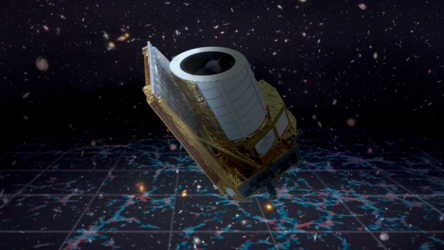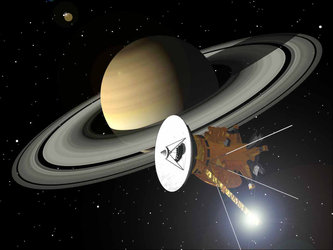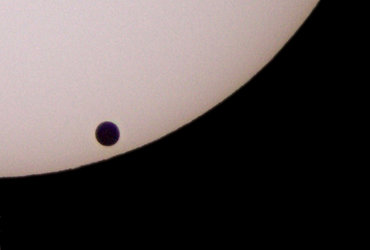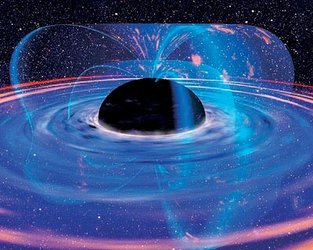15 October
1997: On 15 October 1997, the joint NASA/ESA/ASI Cassini-Huygens mission was launched. It was the first spacecraft sent to land on a world in the outer Solar System - on the surface of Titan, Saturn’s largest moon. Indeed, the Cassini-Huygens mission was the most ambitious effort in planetary space exploration ever mounted.
On its seven-year journey to Saturn, Cassini-Huygens performed four gravity-assist swing-by manoeuvres: Venus (April 1998), Venus (June 1999), Earth (August 1999), and Jupiter (December 2000). The gravity assists gave Cassini-Huygens the cumulative boost to reach Saturn. The spacecraft arrived at Saturn in July 2004.
The Cassini-Huygens mission is named after two European astronomers from the 17th century. The Dutch astronomer Christiaan Huygens (1629-95) discovered Saturn's rings and Titan. A few years later the French-Italian Astronomer Jean-Dominique Cassini (1625-1712) discovered Saturn’s four other major moons – Iapetus, Rhea, Tethys and Dione. He also discovered that Saturn’s rings are split largely into two parts by a narrow gap, known since as the 'Cassini Division'.















 Germany
Germany
 Austria
Austria
 Belgium
Belgium
 Denmark
Denmark
 Spain
Spain
 Estonia
Estonia
 Finland
Finland
 France
France
 Greece
Greece
 Hungary
Hungary
 Ireland
Ireland
 Italy
Italy
 Luxembourg
Luxembourg
 Norway
Norway
 The Netherlands
The Netherlands
 Poland
Poland
 Portugal
Portugal
 Czechia
Czechia
 Romania
Romania
 United Kingdom
United Kingdom
 Slovenia
Slovenia
 Sweden
Sweden
 Switzerland
Switzerland
































